Asbestos has long been a hidden threat in many homes and buildings, posing serious health risks, including lung cancer, when disturbed.
This article explores what asbestos is, why it’s dangerous, and the crucial steps involved in its removal process.
It breaks down the costs associated with asbestos removal, including the average cost and factors that influence those prices.
Learn how to choose a reliable asbestos removal company, the necessary professional services, and the legal considerations if considering DIY removal.
Stay informed and protect your space from this hazardous material, particularly when it comes to insulation materials and ceiling tiles!
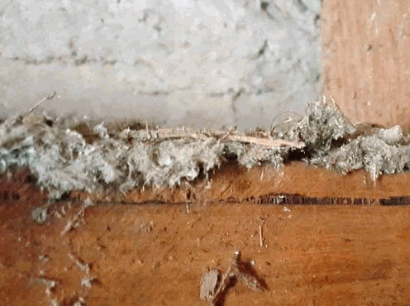
What Is Asbestos?
Asbestos is a naturally occurring mineral that was widely used in building materials from the 1930s until the 1980s due to its exceptional fire-resistant properties and thermal insulation capabilities, often found in older homes. However, it has been identified as a hazardous material that can pose serious health risks, including lung cancer, when its fibers are released into the air during construction or renovation projects. This mineral is commonly found in insulation materials, ceiling tiles, and other construction elements in old homes, leading to the need for professional asbestos inspection, thorough home inspection, and potential abatement.
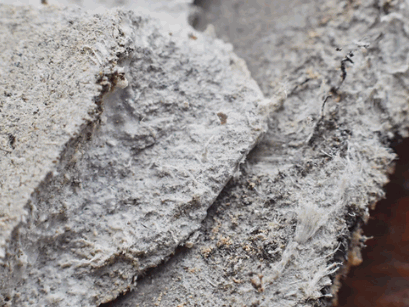
Why Is Asbestos Dangerous?
Asbestos is considered dangerous due to its association with severe health risks such as lung cancer and mesothelioma, conditions linked to prolonged asbestos exposure over time. When asbestos fibers are inhaled or ingested, they can lead to respiratory problems and other serious diseases that may not manifest until decades later, highlighting the importance of proper asbestos testing and the encapsulation process to safeguard public health.
This hazardous material, often found in older buildings, roofing, and insulation products, can easily become airborne during renovation or demolition activities. Workers and residents alike may unknowingly breathe in these asbestos particles, leading to potentially dire consequences.
The specific health risks associated with various types of asbestos—such as chrysotile, amosite, and crocidolite—demonstrate the urgency for effective prevention strategies to mitigate asbestos risk.
- Chrysotile, commonly used in construction, poses risks related to lung disease.
- Amosite, often found in insulation, can cause severe respiratory issues.
- Crocidolite is recognized as the most perilous and can lead to aggressive cancers.
Given the lengthy latency period of diseases like mesothelioma, which may take 20 to 50 years to develop, it is crucial to prioritize asbestos abatement and safety measures to protect current and future generations.
By understanding the risks and implementing appropriate safety protocols, communities can work towards minimizing the impact of this lethal substance.
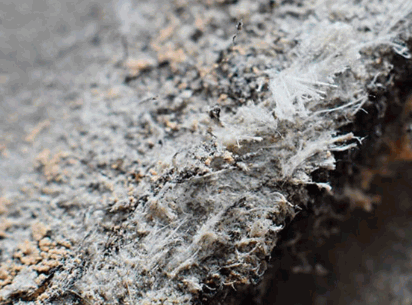
How Is Asbestos Removed?
Asbestos removal is a complex process that requires specialized knowledge and equipment, necessitating the involvement of professional services or abatement contractors to ensure safety and compliance with building regulations regarding hazardous waste. The removal techniques include encapsulating asbestos or completely removing asbestos-containing materials, which helps prevent the release of hazardous asbestos fibers into the air during home renovations or repairs, ensuring compliance with asbestos laws. The process demands meticulous planning, safety equipment, and adherence to environmental regulations to minimize the risk of asbestos exposure.
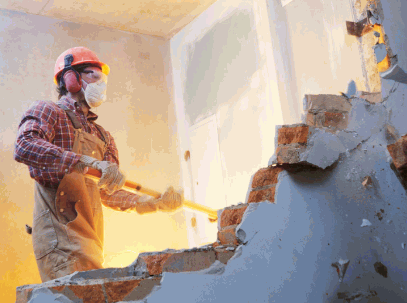
What Are The Steps For Asbestos Removal?
The steps for asbestos removal typically begin with a professional inspection to identify asbestos-containing materials, followed by the implementation of the approved removal process, which includes safety equipment usage and proper handling of hazardous waste.
Initially, a thorough assessment is conducted, where trained experts meticulously inspect the premises for any signs of asbestos. This is followed by testing for asbestos in suspected materials to confirm its presence. Once confirmed, it is essential to notify occupants about the upcoming work, ensuring transparency and safety.
- Securing the work area is crucial to prevent unauthorized access and minimize exposure.
- Workers don personal protective gear such as respirators, gloves, and disposable coveralls to ensure they are safeguarded.
- All hazardous materials are carefully collected and disposed of in accordance with local regulations, ensuring a safe environment.
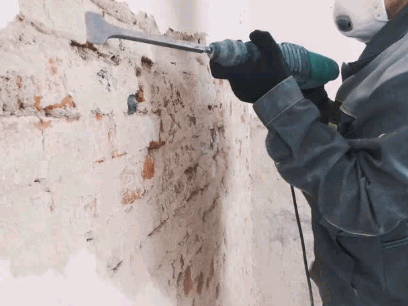
What Safety Precautions Are Taken During Asbestos Removal?
During asbestos removal, strict safety precautions are implemented, including the use of specialized safety equipment such as respirators and protective clothing, to minimize the risk of inhaling asbestos fibers and the improper handling of hazardous waste during the abatement project.
Removal professionals are trained to maintain optimal air pressure control within designated work areas, ensuring that any airborne contaminants are contained and prevented from spreading to other spaces. This is crucial, as the incorrect handling of materials can lead to serious health hazards not only for the workers but also for residents nearby, exposing them to asbestos diseases. They employ comprehensive waste containment strategies that safely trap and store hazardous materials before their removal from the site.
- Decontamination procedures are followed meticulously, which may include cleaning work attire and gear using specialized solvent cleaners.
- Employees often utilize vacuum systems equipped with HEPA filters to ensure any residual asbestos particles are effectively removed.
- Regular air quality assessments are conducted to monitor and confirm that all safety standards are upheld throughout the operation.
By adhering to these rigorous safety measures, professionals help safeguard both their health and that of the wider community.
Explore further: How To Remove Asbestos Popcorn Ceiling Safely
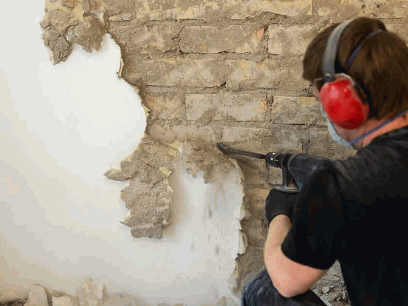
How Much Does Asbestos Removal Cost?
The cost of asbestos removal can vary significantly depending on factors such as the type of asbestos-containing materials, the extent of the abatement project, and the location of the home, with the average cost typically ranging between $1,500 to $3,000. Additional factors, including labor costs for professional services and disposal rates for hazardous waste, can also impact the final removal cost, necessitating thorough asbestos inspection and accurate removal quotes to estimate expenses effectively.
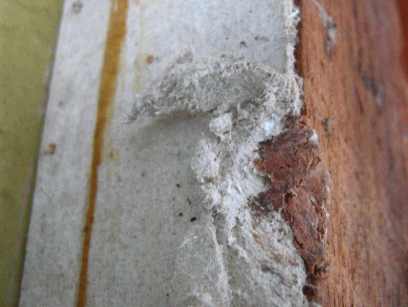
What Factors Affect The Cost Of Asbestos Removal?
Several factors can affect the cost of asbestos removal, including the type of asbestos present, the size of the removal project, and the labor costs associated with hiring experienced professionals for inspection and abatement.
Understanding the nuances of asbestos types is essential, as different forms, like friable and non-friable asbestos, have varying implications for removal complexity and associated costs.
Friable asbestos, which can easily crumble and release fibers, usually entails more stringent safety measures and comprehensive labor, naturally increasing the overall price.
Conversely, non-friable asbestos, which is more resistant to damage, might face lower removal costs, contingent on its location and encapsulation status.
The scale and intricacy of the project also play vital roles; larger spaces or intricate structures may require extended timelines and multidisciplinary teams, thereby elevating expenses.
Conducting a thorough inspection prior to the removal process not only helps in identifying the extent of the contamination but also aids in crafting a tailored removal plan, ultimately influencing both safety and cost efficiency.
Ensuring that professionals conduct a detailed assessment can lead to more accurate cost evaluations and effective remediation strategies.
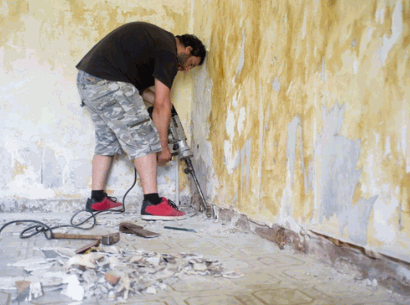
Are There Any Additional Costs Involved In Asbestos Removal?
Plus the basic removal cost, homeowners should be aware of several additional expenses that may arise during the asbestos abatement process, including testing fees for inspections, encapsulation costs for certain materials, and disposal rates for hazardous waste related to the removal project. Understanding these potential expenses is crucial for effective budgeting.
Before commencing any removal work, it’s advisable to conduct pre-removal testing to accurately assess the extent of asbestos present. This cost is often overlooked but plays a vital role in determining the scope of work needed.
Following removal, post-removal air quality tests ensure that the environment is safe for habitation and are typically mandated by regulatory agencies. Both testing phases can add significant costs to the overall project. Homeowners may encounter unexpected expenses related to:
- Repairs: Structural damage may necessitate repairs after the removal.
- Renovations: If the ceiling or walls were affected, renovations may also need to be considered.
- Professional Services: Hiring certified professionals can ensure compliance with safety regulations and effective handling of hazardous materials.
Ultimately, planning for these additional costs can lead to a smoother abatement experience.
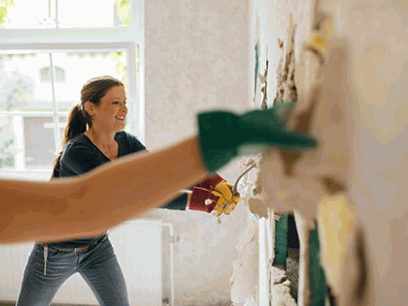
How To Find A Reliable Asbestos Removal Company?
Finding a reliable asbestos removal company requires careful research into professional services and abatement contractors, ensuring they have the proper certifications and licenses to conduct safe and compliant asbestos removal and abatement processes in accordance with the Environmental Protection Agency.
What Certifications And Licenses Should Asbestos Removal Companies Have?
Asbestos removal companies should possess specific certifications and licenses that comply with safety regulations set by authorities such as the Environmental Protection Agency to ensure they are qualified to handle hazardous materials.
Plus these foundational requirements, it’s crucial for clients to understand that the presence of these credentials not only signifies compliance but also reflects a commitment to safety and professionalism.
Legitimate asbestos contractors typically hold certifications such as:
- Certified Asbestos Inspector
- Asbestos Abatement Supervisor, certified by the American Cancer Society
- Licensed Asbestos Contractor
These credentials guarantee that personnel have undergone formal training to recognize and appropriately manage asbestos in various environments. Adhering to state and local regulations fortifies the credibility of these companies, ensuring they follow safe practices, utilize proper equipment, and implement effective removal techniques.
Thus, partnering with certified professionals can significantly reduce the risks associated with asbestos exposure, making safety the top priority.
What Questions Should I Ask Before Hiring An Asbestos Removal Company?
Before hiring an asbestos removal company, it is crucial to ask specific questions that will help you gauge their experience, safety measures, and the removal quotes they provide for the abatement project. Ensuring the safety and proficiency of the contractor is paramount, as it directly affects not only the effectiveness of the removal but also the well-being of those inhabiting the space.
When engaging with potential contractors, consider posing the following important inquiries:
- What is your experience in handling asbestos abatement projects similar to mine?
- Can you outline the safety protocols you adhere to during the removal process?
- Are you fully insured and what type of insurance do you carry?
- What is the timeline for the project from start to finish?
- How do you handle unexpected issues that may arise during the removal process?
By obtaining detailed answers, individuals can make informed decisions, allowing them to select a skilled contractor who prioritizes safety and efficiency while adhering to established standards in professional services.
Can I Remove Asbestos Walls Myself?
While some homeowners may consider removing asbestos walls themselves, it is essential to recognize the health risks and legal requirements involved, as improper handling of asbestos can lead to dangerous exposure and significant legal repercussions.
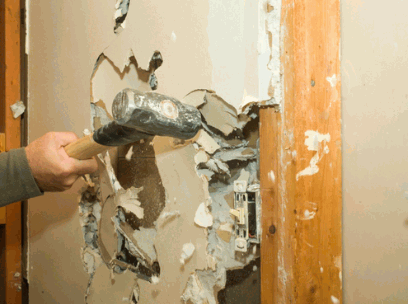
What Are The Risks Of DIY Asbestos Removal?
The risks associated with DIY asbestos removal are significant, as improper techniques can result in the release of harmful asbestos fibers into the air, leading to serious health issues, including respiratory problems and exposure-related diseases. It is crucial to understand that even minuscule amounts of disturbed asbestos can pose a major threat, putting not only the individual at risk but also any family members or pets in the vicinity.
Regarding handling such hazardous materials, the importance of employing professional methods cannot be overstated. Experts are well-equipped with the necessary safety equipment, including specialized respirators and protective clothing, which significantly reduce the likelihood of exposure to hazardous materials like asbestos.
- Improper removal techniques can lead to extensive contamination of living spaces.
- Inhalation of asbestos fibers can lead to conditions such as asbestosis, lung cancer, and mesothelioma.
- Professionals ensure safe disposal that adheres to local regulations, keeping communities safe.
Prioritizing professional asbestos removal services over DIY methods is vital for both personal and public health safety.
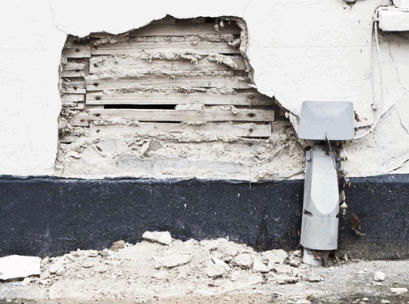
What Are The Legal Requirements For DIY Asbestos Removal?
Legal requirements for DIY asbestos removal vary by location, but homeowners must typically adhere to regulations regarding the proper handling and disposal of hazardous waste to avoid potential fines and health risks.
When tackling asbestos removal, it’s crucial to understand that different regions impose specific rules to ensure public safety and environmental protection. Ignoring these regulations can not only lead to hefty penalties but also expose individuals to severe health risks associated with asbestos exposure. Homeowners should take the following steps to ensure compliance:
- Testing: Before any removal efforts begin, it is essential to conduct thorough testing of suspected materials, considering that improper testing methods can lead to severe health risks. This often requires hiring certified professionals who can accurately identify asbestos content.
- Removal Guidelines: If results confirm the presence of asbestos, follow strict protocols for safe removal, often necessitating protective gear and adhering to local safety standards.
- Disposal Procedures: Disposing of asbestos requires following specific disposal sites, which are equipped to handle hazardous waste, ensuring it does not pose a risk to the environment or public health.
Being informed about these guidelines not only helps in complying with the law but also contributes to a safer living environment.
What Are The Alternatives To Asbestos Removal?
Alternatives to asbestos removal include the encapsulation process, where asbestos-containing materials are sealed to prevent fiber release, allowing homeowners to safely manage the hazardous material without full removal, provided that professional services are utilized.
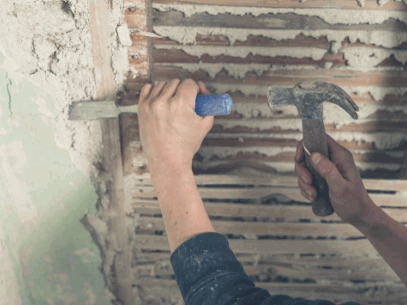
Can Asbestos Walls Be Encapsulated Instead Of Removed?
Yes, asbestos walls can be encapsulated instead of removed, which involves applying a sealant to the surface of the asbestos-containing material to prevent the release of hazardous fibers into the air.
This encapsulation process effectively minimizes the risk of exposure by creating a barrier that confines the hazardous materials, ensuring that the structure’s biological durability is maintained. It requires specific materials such as:
- Designated sealants that adhere to the surface
- Protective coatings
- Proper ventilation systems to ensure safety
and must be performed by trained professionals. Hiring qualified abatement contractors is not just advisable but essential due to their expertise in handling hazardous materials, ensuring compliance with local regulations, and employing best practices for both safety and effectiveness.
By choosing professional services, property owners can avoid potential legal and health issues that arise from improper handling of asbestos.
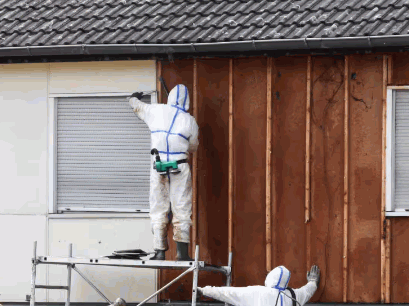

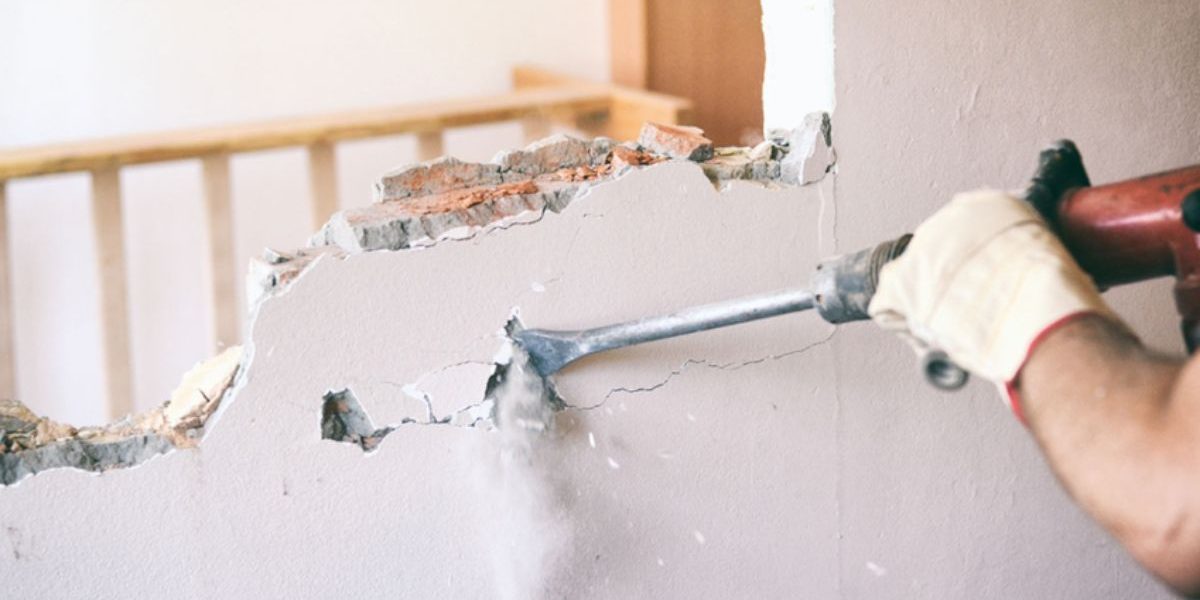
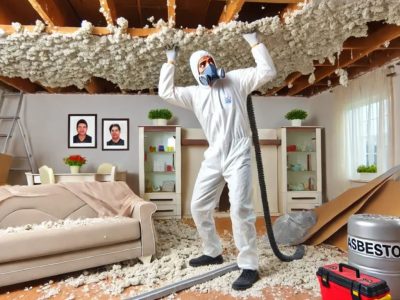
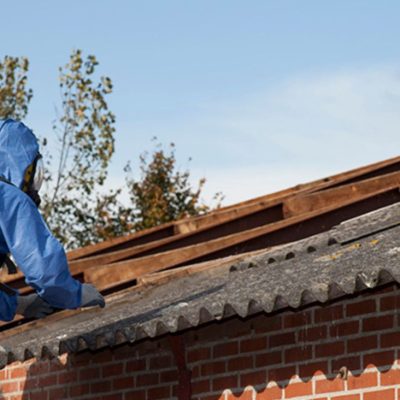
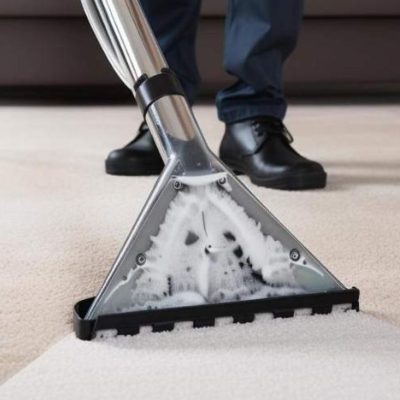
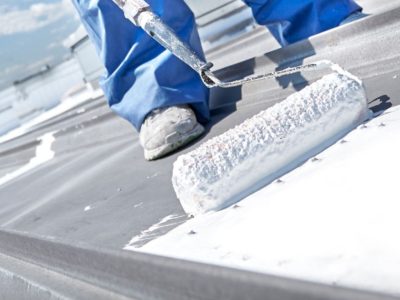

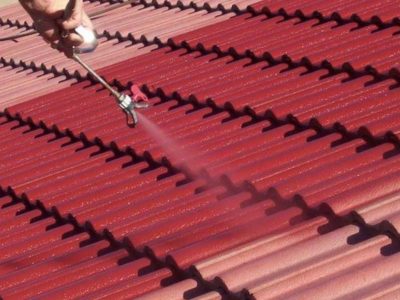

Comments